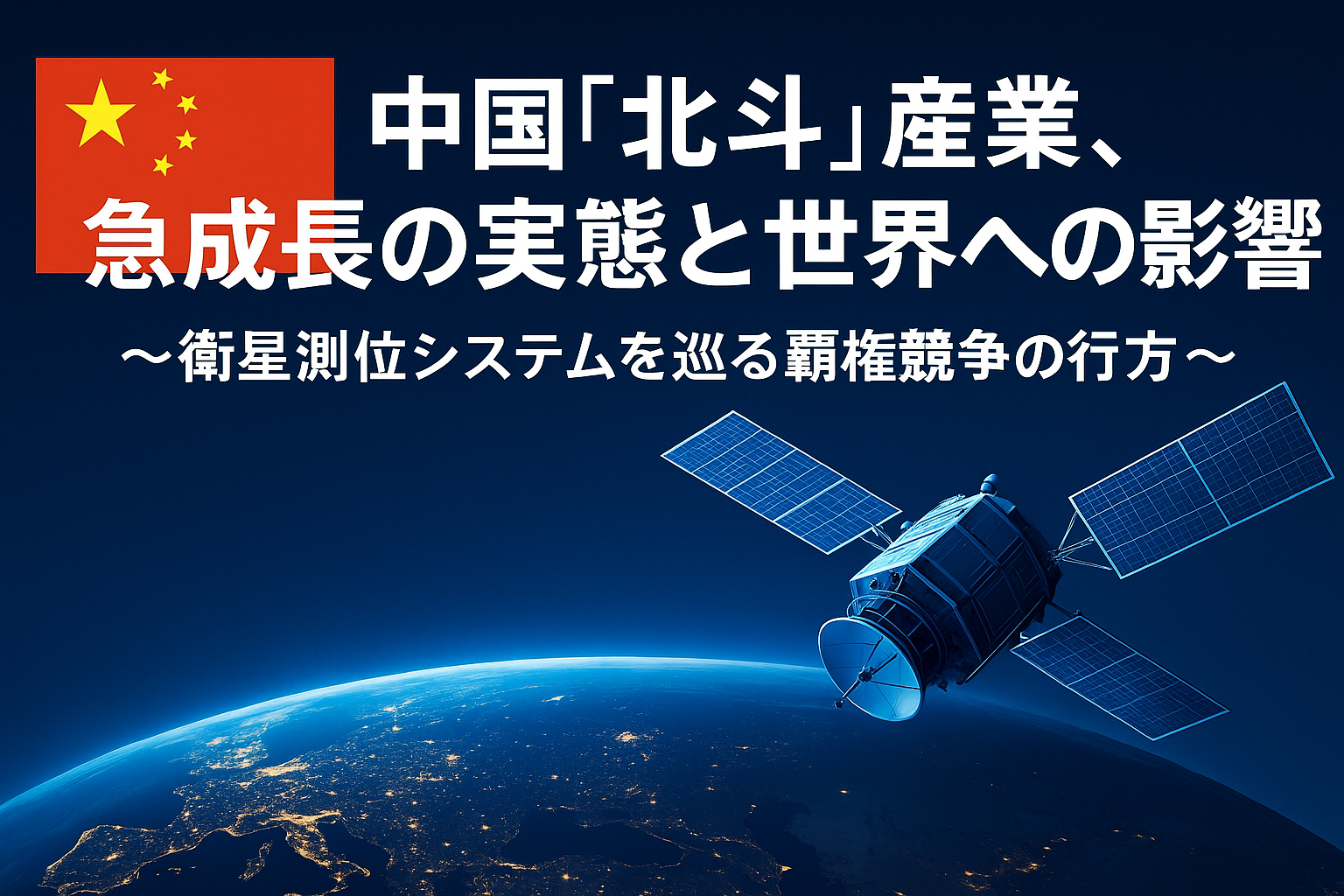On May 18, 2025, the China Satellite Navigation and Positioning Association (GLAC) released the 2025 White Paper on the Development of China’s Satellite Navigation and Positioning Service Industry. According to the white paper, China’s positioning industry—centered around the BeiDou Navigation Satellite System—achieved a 7.39% year-on-year growth in 2024, reaching a total output value of 575.8 billion yuan (approximately 12 trillion yen). The core segments, including chips, terminals, algorithms, and other key technologies, expanded to over 3 trillion yen in scale.
This growth represents more than just a domestic industrial expansion. The number of patent applications related to satellite navigation and positioning has surpassed 129,000, maintaining China’s lead as the world’s top filer. In other words, China’s satellite navigation industry—anchored by BeiDou—is gaining global competitiveness through a triad of economic strength, technological advancement, and intellectual property.
BeiDou’s Rise = A Strategic Shift Away from GPS Dependency
For China, BeiDou represents a “strategic infrastructure” aimed at reducing dependence on the U.S.-operated GPS. Its significance spans from national defense to autonomous driving, logistics, and smart agriculture. It is already being exported to countries across Asia, Africa, and Latin America. The growing production value is a testament to its commercial adoption in these sectors gaining real traction.
Patent Volume as an Indicator of Technological Leadership
The increase in patent applications reflects not only an active R&D landscape but also an effort to gain an edge in the global race over technology standards. China is actively acquiring international patents to position BeiDou as a global standard, reducing adoption barriers in third-country markets.
How Should Japan and the West Respond?
The rise of BeiDou signals a reshuffling of the GNSS (Global Navigation Satellite System) landscape. Japan’s Quasi-Zenith Satellite System “Michibiki,” Europe’s “Galileo,” and Russia’s “GLONASS” must now reconsider strategies for interoperability and coexistence.
This is especially critical in future industries like autonomous driving and smart cities, where the choice of satellite system will directly impact market competitiveness. For private companies, ensuring technical compatibility with BeiDou will be an increasingly important challenge.
BeiDou’s Advance as a Prelude to the Space Economy
China’s BeiDou industry is no longer just about positioning technology—it has grown into the core of a state-led space infrastructure strategy. This development can be seen as a new kind of “silent war” over economic security and technology standards.
What is required of us now is not merely to observe China’s progress, but to carefully assess how to leverage our own positioning technologies—when to cooperate, and when to compete.

